Peter Quantrill attends a three-concert marathon by the US chamber group at London’s Wigmore Hall on 22 March 2025
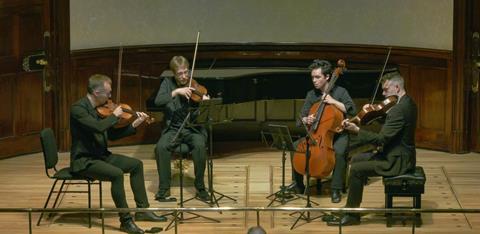
A day-long, three-concert marathon of modern string quartets began by inviting us into what looked on paper like the safe space of Philip Glass’s Fifth Quartet (1991). Even here, however, there was nothing cool or neutral about the Jack Quartet’s teasing out of tension and textural momentum, in a performance underlining the composer’s renewed engagement with the classical tradition and a folksy, even Dvořákian joy coursing through the finale.
The Second Quartet (2007) by Heinz Holliger brought (for me) one of the day’s revelations: a magnificent work in the tradition of Schoenberg’s Second, taking a fragment of a Hölderlin poem as its unspoken text. Six linked movements over 25 minutes might challenge powers of concentration at home – in the moment, however, the Jack summoned one arresting musical image after another, of icy slopes and Alpine mists, light glimpsed through Ligetian flickers, culminating in the transfiguring power of a finale in which the musicians’ voices blend and fuse almost imperceptibly with their strings.
In the afternoon recital, Eduardo Aguilar’s HYPER (2021) cleansed the aural palate, with more gestures than actual notes, between two recent classics of the genre. From 1995, Elliott Carter’s Fifth still feels like a definitive proof of the composer’s long quest to renew the entire classical canon with phrases and forms that reject repetition in favour of continual development and dialogue: Haydn to the power of ten.
Helmut Lachenmann’s Grido (2001) is another monster that has to be experienced live for anything like the full effect of its growls and whispers and perilous ventures across sonic black ice to register. As with Holliger’s Second, but also Bruckner and Strauss, there is something profoundly Alpine about this music, graphically figurative and yet heroically aspirational towards a state of transcendence.
Read: Marathon at Wigmore: The Jack Quartet has world-burning energy to spare
Read: New string quartet incorporating brain waves to be premiered by the Jack Quartet
Read: Jack Quartet receives fellowship to explore music and neuroscience
If the Jack musicians were feeling any fatigue by the time they launched the main evening concert with the combative rhetoric of a chapter from Pierre Boulez’s Livre pour cordes, they did not show it. However, they set the audience a stiff task by reserving for the second half the two really ‘new’ works of the day. As one of the Jack Quartet’s violinists, Austin Wulliman led his colleagues through his own Escape Rites (2024): with the mind’s ear full of Boulez and Lachenmann, it was hard to pick out a distinctive voice, whereas Twice Removed (2024) by Anthony Cheung rewarded a first listen while inviting a second and third with the teasing promise of recognisable but fast-dissolving pictures and narratives.
If this repertoire still attracts shaky ideas about interpretation and expression – blame Stravinsky for the notion that the notes, played accurately, will look after themselves – then the Jack made each piece its own, nowhere more engagingly than in the String Quartet in Four Parts (1950) by John Cage. Unusually fleet tempos were combined with the most gentle caress of bows and ideally pure tuning. This hooked both the piece, and by extension this most determinedly ‘outsider’ of composers, into a rich and diverse musical heritage, from Elizabethan viol consorts to the modal open spaces of Copland’s Appalachian Spring, via the watchmaker’s art of the Six Bagatelles by Webern that immediately preceded it.
PETER QUANTRILL



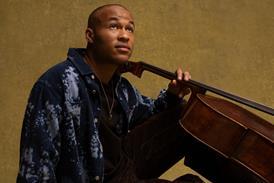
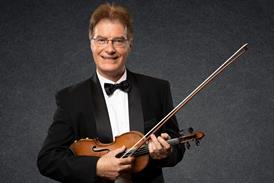

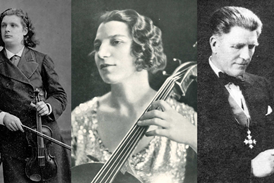



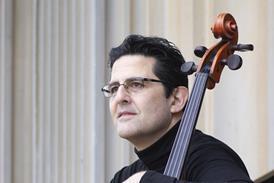
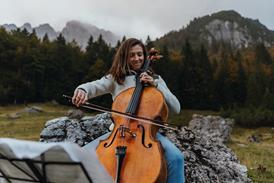

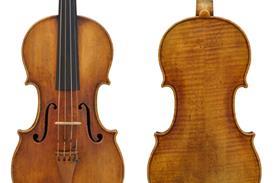
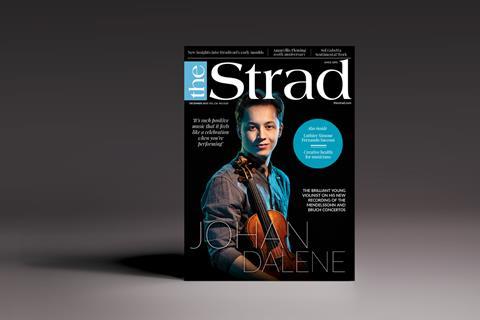
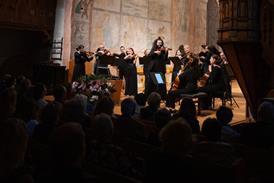

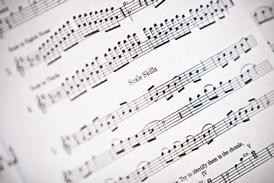
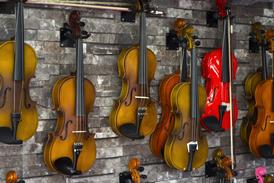

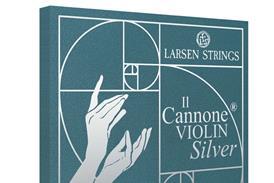

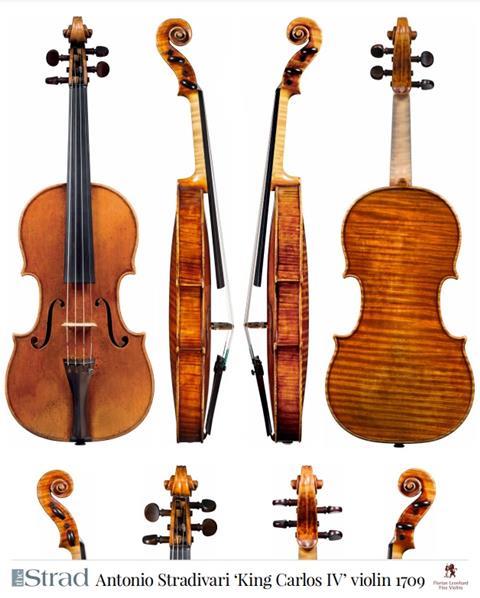
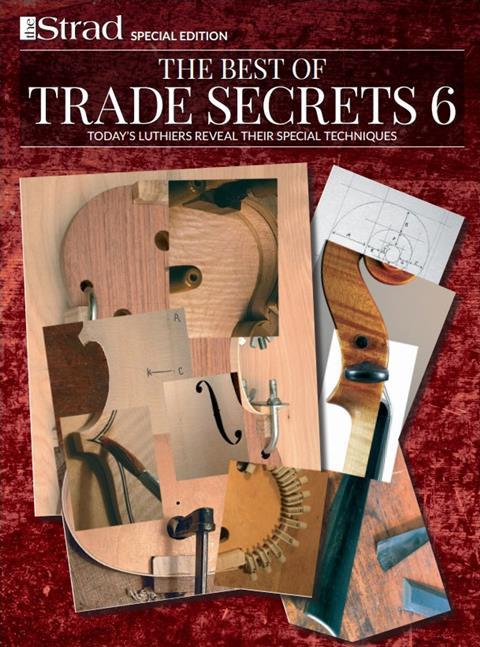
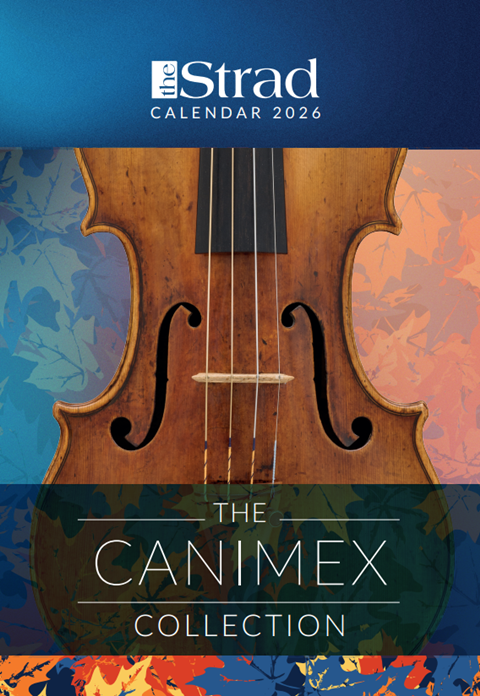
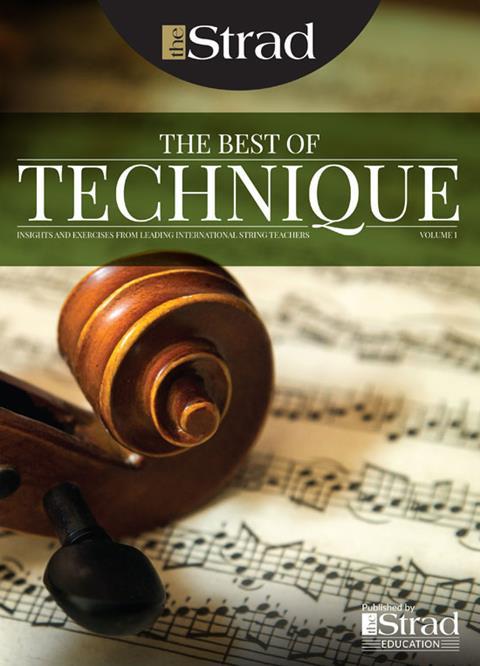
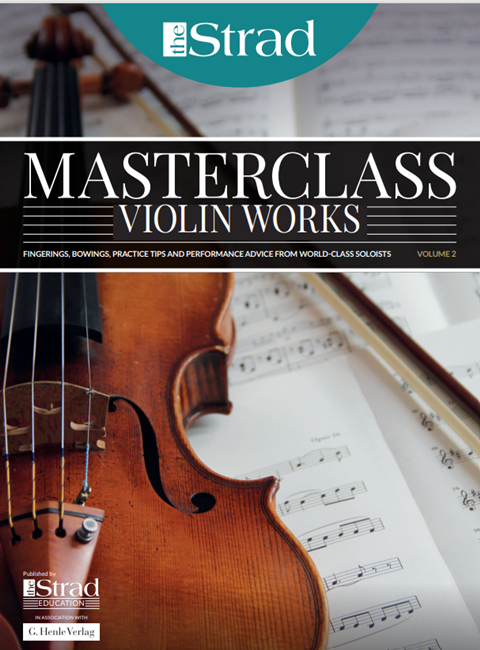
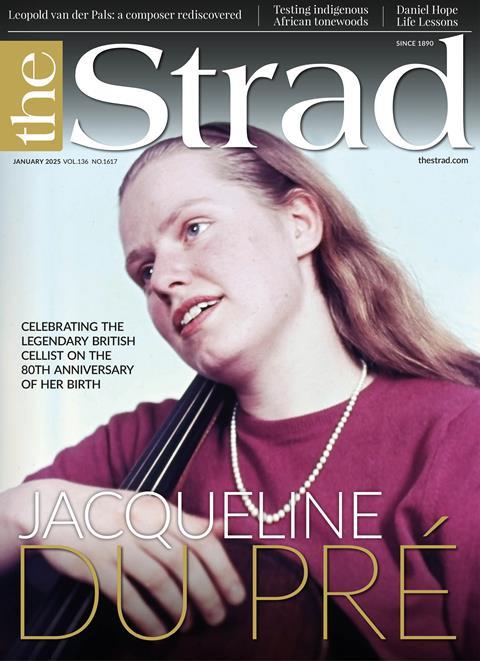
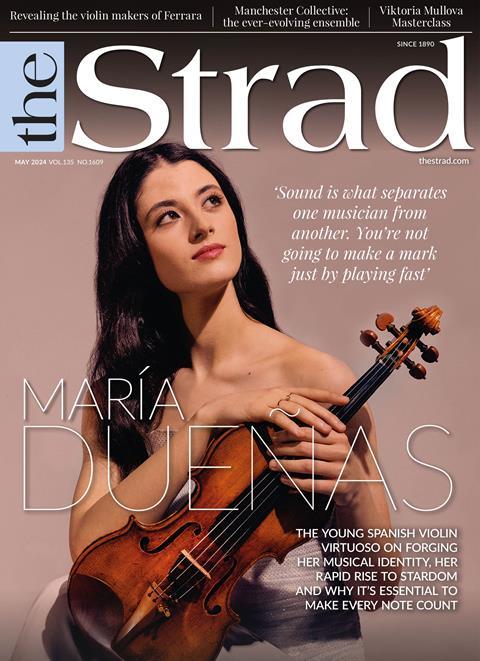
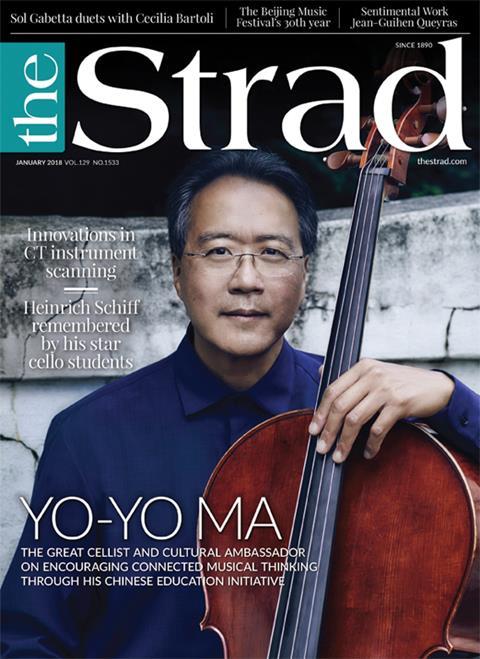












No comments yet